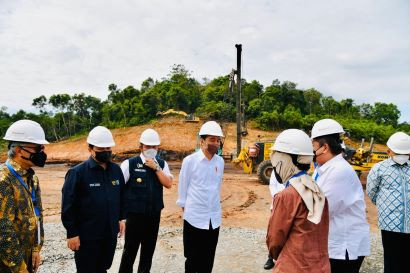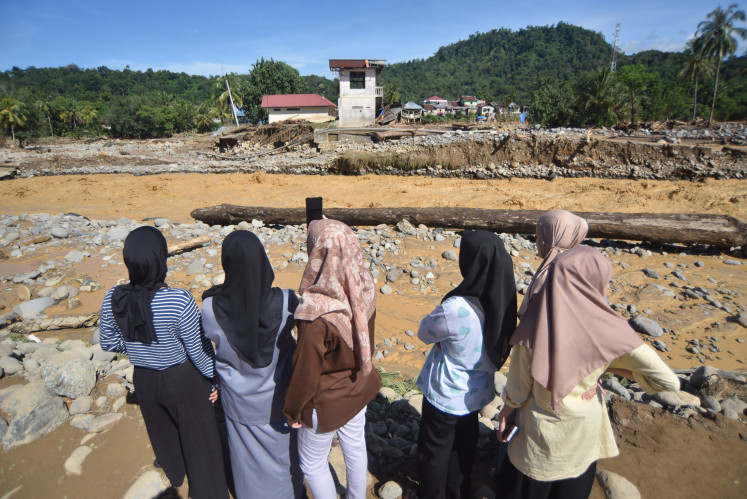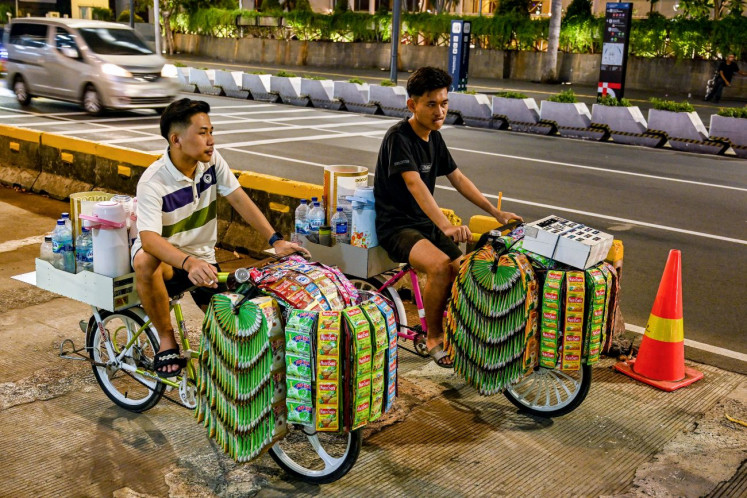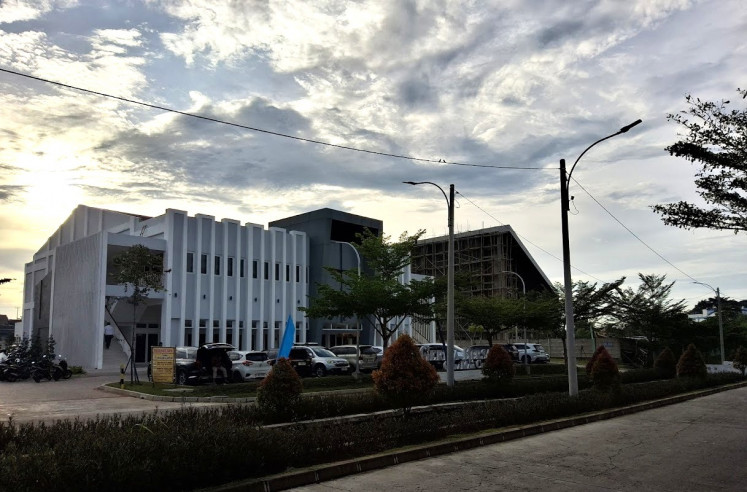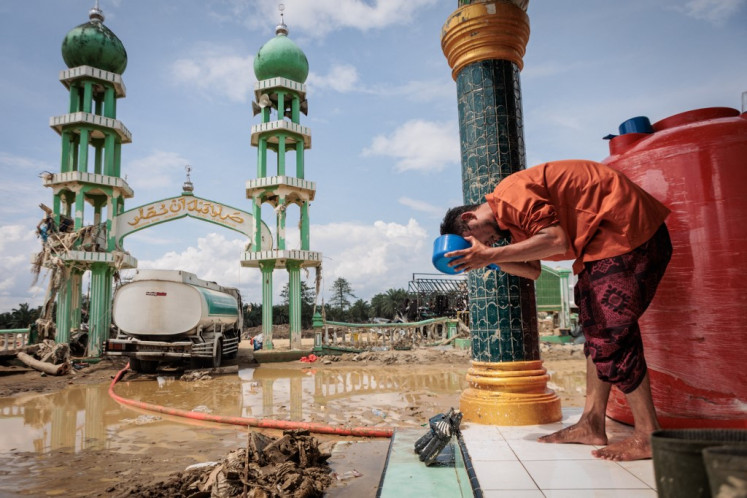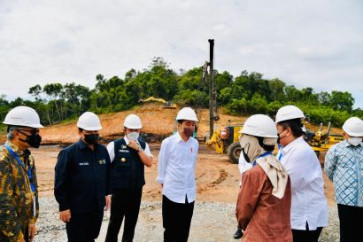Popular Reads
Top Results
Can't find what you're looking for?
View all search resultsPopular Reads
Top Results
Can't find what you're looking for?
View all search resultsCoal to DEM: Why it’s doomed and some better alternatives
The objective of DME production is to reduce government expenditures related to LPG subsidies, not to shift the financial burden.
Change text size
Gift Premium Articles
to Anyone
A
rticle 169 of Law No. 3/2020 concerning mineral and coal mining encourages coal mining stakeholders to develop the downstream coal enhancement process, encompassing upgrading, gasification and liquefaction. Amid the diverse array of coal downstream projects, the discussion surrounding coal gasification projects, specifically for Dimethyl Ether (DME) production, has gained substantial attention in Indonesia.
DME is a transparent gas characterized by its ease of storage and handling, exhibiting combustion properties like those of liquefied petroleum gas (LPG), thereby establishing it as an alternative. The utilization of DME as an alternative fuel source holds the potential to reduce government import expenditure and subsidies related to LPG, with an estimated impact of 6-7 million tonnes of avoided annual LPG imports.
Despite the promises, there are certain technical and economic concerns associated with DME production. DME is produced from coal through gasification, which involves converting coal into syngas (synthetic gas). Syngas can be directly converted into DME through direct DME synthesis or transformed into ethanol before undergoing further conversion to DME.
The primary issue lies in the composition of syngas, which typically consists of carbon monoxide (30-60 percent), hydrogen (25-30 percent), methane (0-5 percent) and carbon dioxide (5-15 percent), because not all the chemical compounds in syngas are utilized in DME production, as the process only requires a reaction between hydrogen and carbon monoxide.
Consequently, carbon dioxide and methane, which are both classified as greenhouse gases, have to undergo additional processes. While methane is often collected because of its high economic value, carbon dioxide has to be captured, which, currently incurs a high cost.
To capture carbon dioxide is one thing, to store it is another. The CO2 captured during the gasification process must be stored underground to mitigate its environmental impacts. Ideally, nearby gasification plants would have depleted oil and gas reservoirs or salt caverns for storage. However, if such facilities are unavailable, an assessment of potential storage, the development of supporting infrastructure and the evaluation of logistic plans for transporting CO2 are essential. Hence, amid the surge in coal gasification projects, careful consideration is needed to consider the risks of increased investment costs associated with carbon capture and storage (CCS) technologies.
Examining the first DME plant in Indonesia, it is evident that it faces economic challenges. The plant, located in South Sumatra, is a consortium between Air Products, PT Bukit Asam and PT Pertamina. The plant’s expected annual DME production of 1.4 million tonnes will be sold by the government (Pertamina) as a replacement for LPG, at a proposed purchase price of US$ 378 per tonne.

